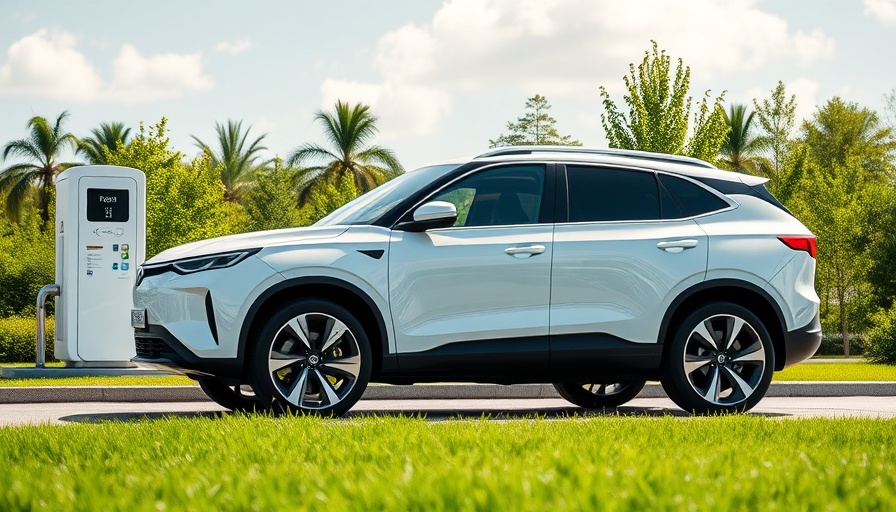
Acura TLX: A Legacy Comes to an End
The Acura TLX, a name that has been associated with Japanese luxury sedans for nearly a decade, is officially coming to an end. Starting from its introduction in 2015, the TLX was not just a successor to the TL and TSX; it was a bold statement from Acura, reflecting the brand's ambition to revitalize its appeal in the competitive luxury market. However, despite its promising starts and refinements, the vehicle could not withstand the seismic shift in consumer preferences towards SUVs and electric vehicles.
The Shift in Consumer Preferences
In recent years, the automotive landscape has changed dramatically. The statistics tell a clear story: TLX sales peaked at over 47,000 units in 2015, but plummeted to just over 7,000 in 2024, with barely 4,000 sold in 2025 to date. This stark decline underscores a shift not just within the brand but across the entire industry. According to automotive reports, the luxury sedan segment has been contracting as consumers increasingly gravitate towards SUVs and crossovers—a point well-articulated by Acura's decision to focus on their SUV lineup and upcoming EV models.
What This Means for Acura
Acura’s decision to phase out the TLX isn't just about the reduction in sales figures. It signals a broader strategy realignment in a rapidly evolving automotive industry. Acura aims to cater to the changing preferences of buyers, moving to focus on SUVs and electric vehicles instead. The recent introduction of models like the compact Integra and the anticipated RSX, a fully electric SUV, highlights this strategic pivot.
Performance and Design Legacy
The TLX, particularly in its Type S variant, was praised for its engaging driving dynamics and refined design, establishing itself as a respectable contender in the sport sedan category. Drivers appreciated not just the performance but also the level of luxury Acura offered. Despite this, the TLX's legacy ultimately falls victim to shifting tides in automotive desires, emphasizing the need for brands to continually adapt.
Broader Industry Trends: The Move Towards EVs
As the industry moves towards electrification, a significant trend has emerged—consumers are looking for vehicles that align with their values concerning sustainability. The impending launch of the RSX, projected to commence production in Ohio, illustrates Acura's commitment to this paradigm shift. Other automotive brands are similarly chasing this wave, with traditional sedan models facing replacement or discontinuation in favor of hybrid and electric models.
Reflections on a Sport Sedan’s Farewell
For fans of traditional sedans, the TLX’s exit is a bittersweet moment. It marks the end of an era where sedans like the TLX could compete vigorously against European counterparts. Enthusiasts will miss the blend of performance, luxury, and daily practicality the model offered. Although Acura is expanding its SUV and electrified vehicle offerings, it’s important to remember that sedans like the TLX played a formative role in shaping the brand's identity.
Looking Ahead: Is the Sedan Era Truly Over?
While the TLX is set to make its exit, it invites a larger conversation about the future of sedans in a world increasingly dominated by SUVs and EVs. Will automakers reconsider their lineup strategies, or will the focus shift entirely towards larger vehicles? As brands like Acura introduce new models that emphasize performance and versatility, the industry may witness a resurgence of compact and mid-sized sedans revisited through a modern lens.
Conclusion: A Fond Farewell to the TLX
The end of the Acura TLX signifies more than the discontinuation of a model; it represents the changing currents of the automotive industry. While electric and hybrid vehicles rise to prominence, the essence of what made sedans special should not be forgotten. As Acura forges ahead towards an electrified future, the memory of the TLX will remind all of us of a time where luxury and performance graced the blacktop in sleek sedan forms.
 Add Row
Add Row  Add
Add 




Write A Comment